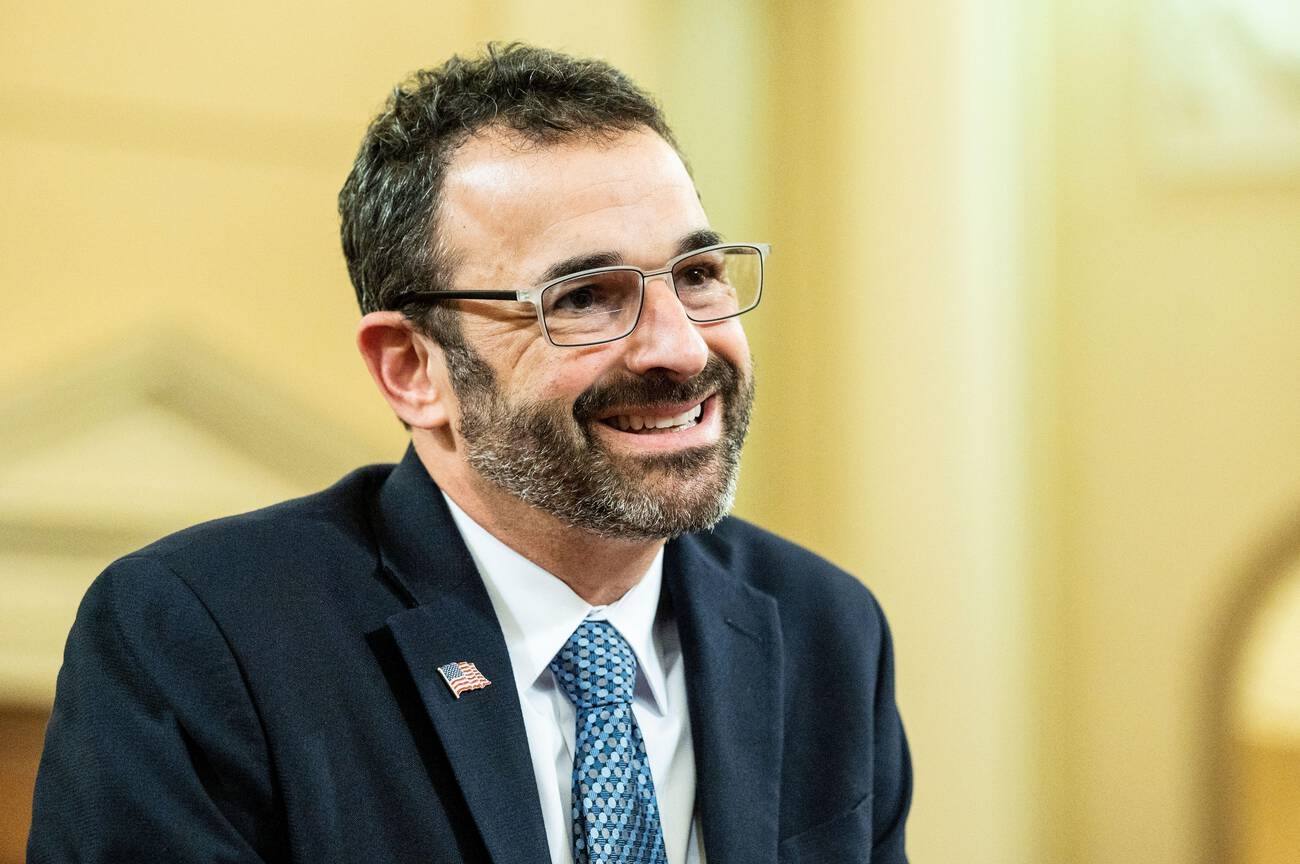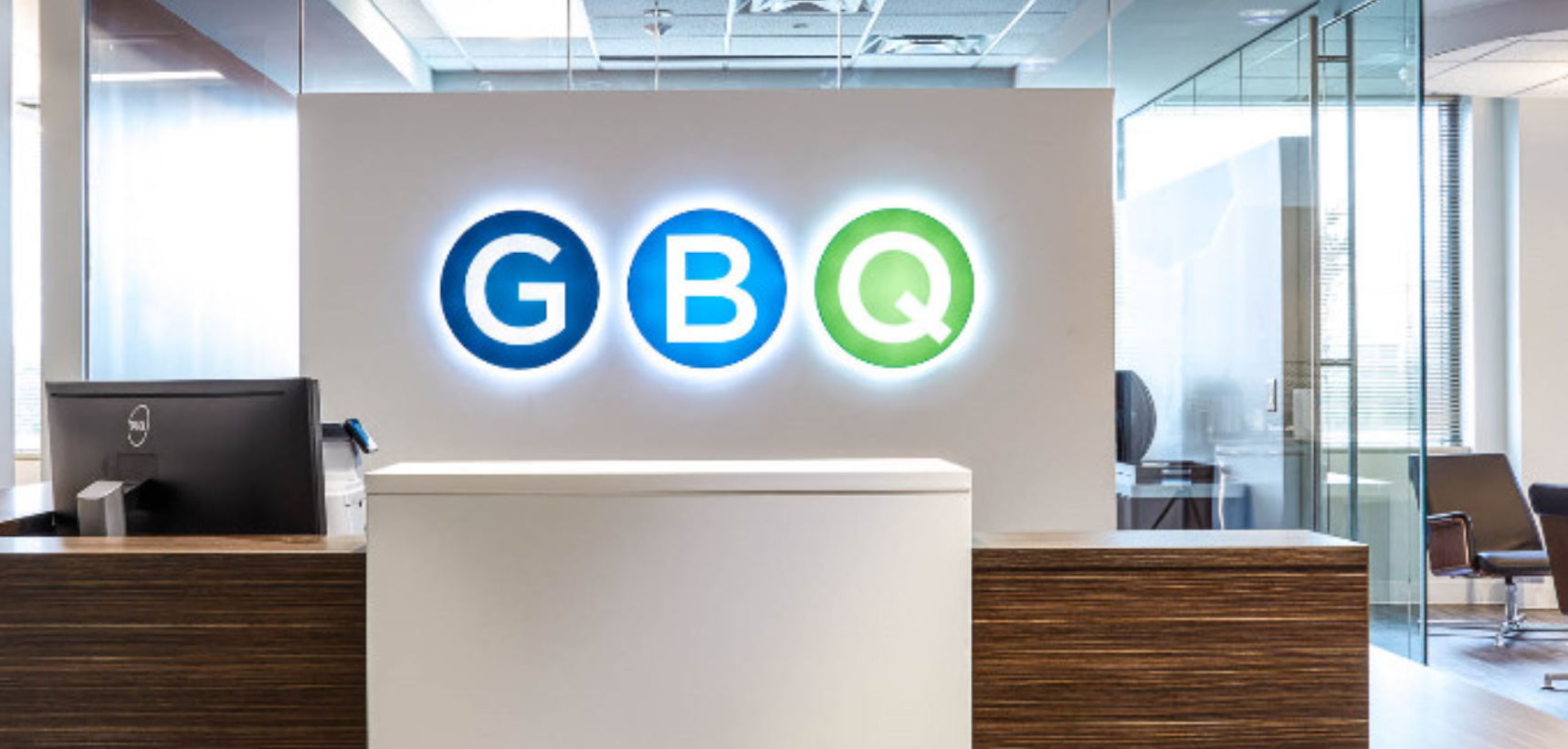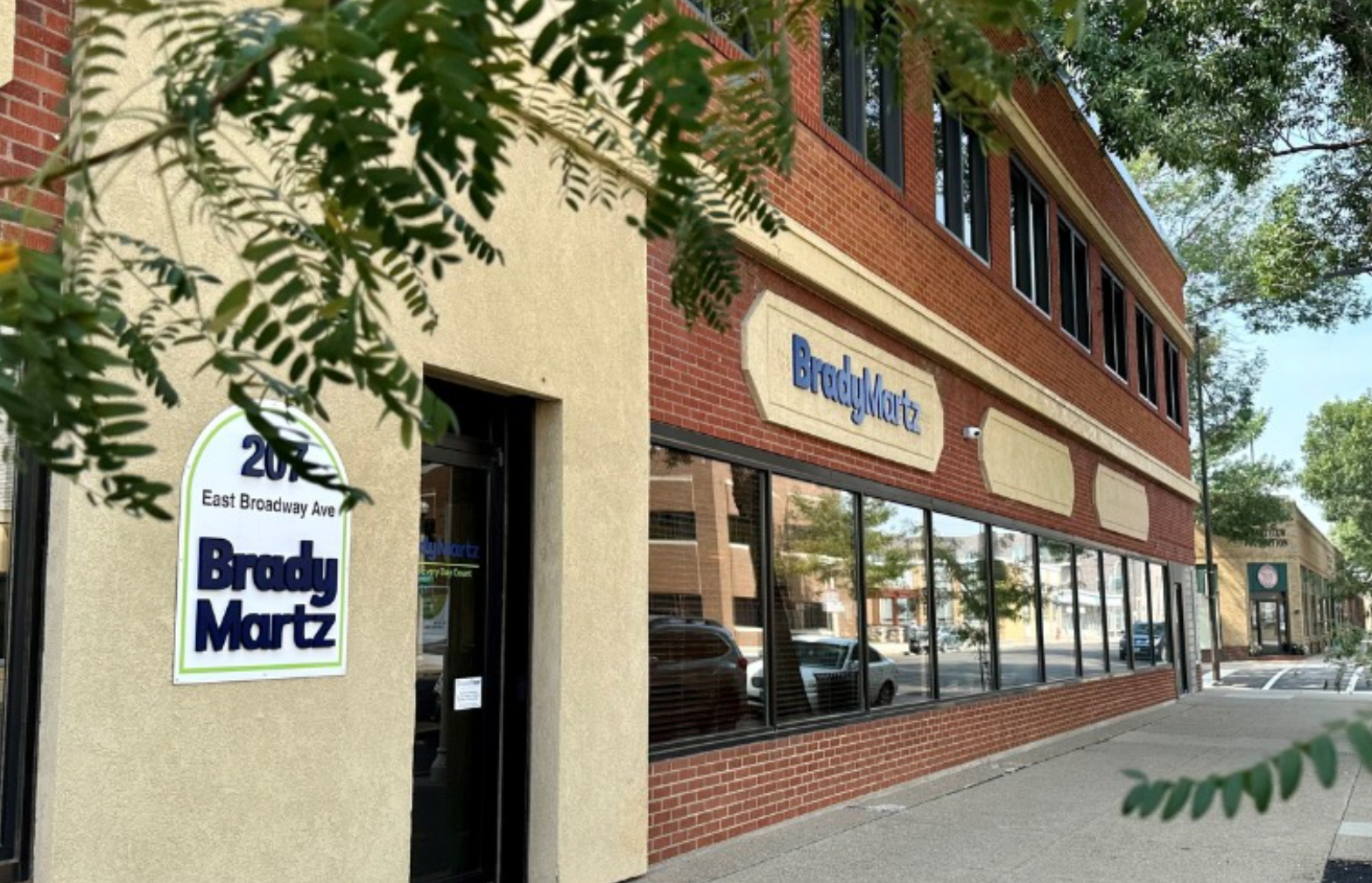The Department of the Treasury and the Internal Revenue Service have issued guidance for taxpayers developing renewable energy projects to address delays related to the COVID-19 pandemic.
In prior IRS notices, the Treasury Department and the IRS established the Continuity Safe Harbor that allows an eligible renewable energy project to be deemed to satisfy the continuity requirement for taking the production tax credit and the investment tax credit (Continuity Safe Harbor) if the taxpayer places the project in service within a certain period that starts in the taxable year in which construction of the project began.
The Treasury Department and the IRS recognize that the COVID-19 pandemic continues to cause delays in the development of certain projects eligible for the production tax credit and the investment tax credit. As a result, many taxpayers may not place projects in service in time to meet the Continuity Safe Harbor, which may significantly impact project financing and development. Today’s guidance provides relief to taxpayers impacted by project delays related to the pandemic by allowing additional time to satisfy the Continuity Safe Harbor. It also adds flexibility for taxpayers to satisfy the continuity requirement outside of the safe harbor.
As provided in IRS guidance, a taxpayer has two methods to demonstrate the taxpayer has begun construction of a project, the Physical Work Test and the Five Percent Safe Harbor. After a taxpayer begins construction of a project, the taxpayer must also make continuous progress toward completion to satisfy beginning of construction requirements. Under the Physical Work Test, a taxpayer uses the Continuous Construction Test to demonstrate continuous progress whereas under the Five Percent Safe Harbor, a taxpayer uses the Continuous Efforts Test.
The guidance issued today in Notice 2021-41 provides that the period of the Continuity Safe Harbor provided and extended by prior IRS notices is further extended for projects for which construction began in 2016 through 2020:
- For projects for which construction began under the Physical Work Test or the Five Percent Safe Harbor in 2016, 2017, 2018, or 2019, the Continuity Safe Harbor is satisfied if the project is placed in service by the end of a calendar year that is no more than 6 calendar years after the calendar year during which construction began; and
- For projects for which construction began under the Physical Work Test or the Five Percent Safe Harbor in calendar year 2020, the Continuity Safe Harbor is satisfied if the project is placed in service by the end of the calendar year that is no more than 5 calendar years after the calendar year during which construction began.
Notice 2021-41 also clarifies that if the Continuity Safe Harbor does not apply, the continuity requirement is satisfied if the taxpayer demonstrates satisfaction of either the Continuous Construction or the Continuous Efforts Tests, regardless of the method that the taxpayer used to begin construction.
Additional information about tax relief for businesses affected by the COVID-19 pandemic can be found on IRS.gov.
Thanks for reading CPA Practice Advisor!
Subscribe Already registered? Log In
Need more information? Read the FAQs




